Proper hand washing and disinfection
Why is hand hygiene essential?
In medicine, hygienic hand disinfection is used to reduce the number of pathogens on the surfaces of the hands. Hand disinfectants kill pathogenic germs. The hygienic hand disinfection prevents the transmission of germs from one person to the next and at the same time represents a self-protection for the personnel in the healthcare sector.
Hygienic hand disinfection is always carried out before and after every patient contact in order to prevent pathogens from being passed on from patient to patient. In addition, hospital staff should thoroughly disinfect their hands before any sterile work and after work with potentially infectious material, such as urine. Hand disinfection is also required after every contact with the immediate patient environment, such as the patient's bed.

In addition, it makes sense for visitors to the hospital to thoroughly disinfect their hands both when entering the hospital or the ward and when leaving the hospital.
Surgical hand disinfection is more thorough than hygienic hand disinfection. It is carried out before an operation by everyone who is directly involved in the operation. Since sterile conditions must be present during an operation, very thorough hand disinfection is essential before the operation.
That could be interesting for you too: Disinfectant
What happens with hand disinfection?
Hygienic hand disinfection is used to reduce pathogenic germs such as bacteria, viruses or fungi. In hospitals, the transmission of microorganisms from patient to patient should be avoided as far as possible.
With hand disinfection, the germs on the surfaces of the hands are reduced to such a small number that they can no longer trigger an infection.
The transient and resident skin flora are to be distinguished on the skin surface. The transient skin flora are the germs that are only temporarily on the skin and usually do not belong to the body's own skin flora. The resident skin flora is that which is there permanently and is part of our body's own defense system.
The aim of hygienic skin disinfection is to kill the majority of the transient skin flora, as this is formed by the germs that are transmitted from person to person. If surgical hand disinfection is used, the aim is to reduce both the transient and the resident skin flora. Surgical hand disinfection before an operation should prevent any possible transmission of microorganisms.
The 6-step disinfection
Before disinfecting your hands, it makes sense to take off the jewelry on your hands, for example rings and watches. Applied nail polish can also form suitable nesting sites for germs and can thus reduce the effectiveness of hand disinfection. It is also recommended to use the disinfectant dispenser with the elbow and not with the hand.
For hygienic hand disinfection, around 3-5 ml of the disinfectant (2 to 3 strokes) rubbed on all hands for at least 30 seconds. To ensure that both the fingertips and the spaces between the fingers are cleaned, hand disinfection is divided into six steps:
- The hand disinfectant is placed in the palm of the hand. Then the palms are rubbed together.
- In the next step, the left palm is placed over the back of the right hand with spread fingers and the disinfectant is well distributed by rubbing the hands together. In the following this process is reversed and the right palm is placed over the back of the left hand.
- Now you put palm to palm again and rub both hands together with crossed, splayed fingers.
- The next step is to cross your hands by rubbing the outside of your fingers on the palm of your hand opposite.
- To thoroughly disinfect the thumb, grip it with the other hand and circle the entire thumb with the palm of the hand on the opposite side.
- In the last step, circular movements are performed with the closed fingertips in the palm of the hand on the opposite side.
Surgical hand disinfection requires disinfection of the entire forearm up to the elbow. In contrast to hygienic disinfection, surgical hand disinfection should take at least 1.5 to 3 minutes. The six steps of hand disinfection are also carried out repeatedly one after the other in surgical disinfection. In addition, the hands should always be kept above elbow level during and after disinfection so that the liquid flows away from the hands to the elbow. If this is not done, the disinfectant flows back towards the hands that have been cleaned the most intensively and must be most sterile, and there is a risk that germs from the elbow contaminate the palms again.
The hand disinfection is finished when the disinfectant is completely dry in all places. Frequent hand disinfection degreases and attacks the skin from the alcohol. Most disinfectants contain lipid-replenishing components. Nevertheless, adequate skin care of the hands should be observed.
Read more about hand skin care under: Dry skin on the hands



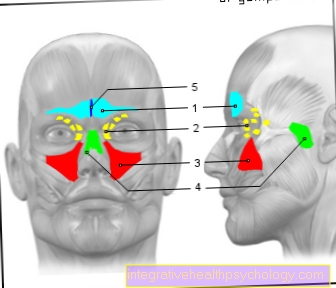




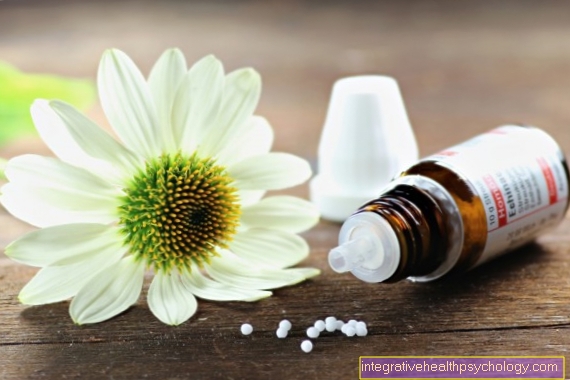



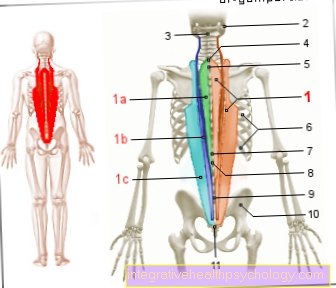

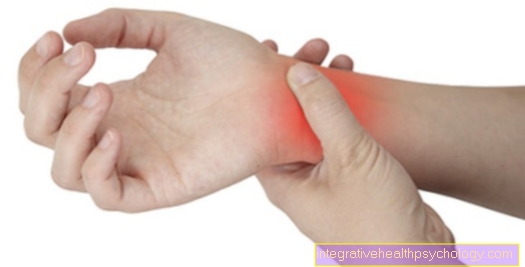




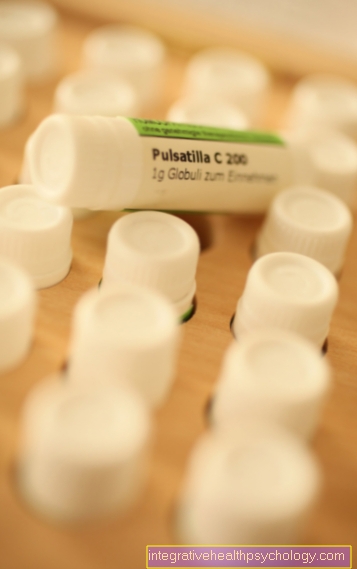

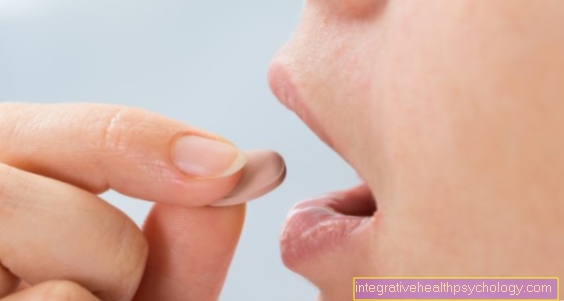





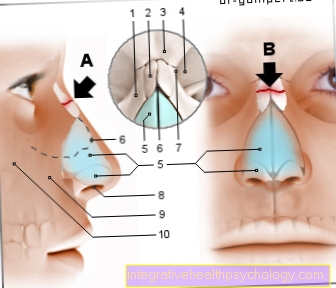
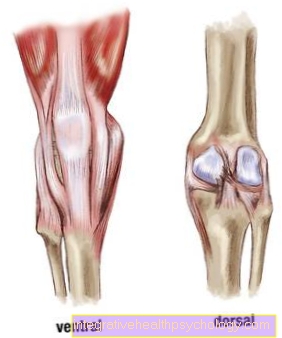
.jpg)